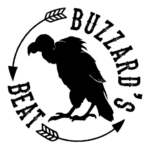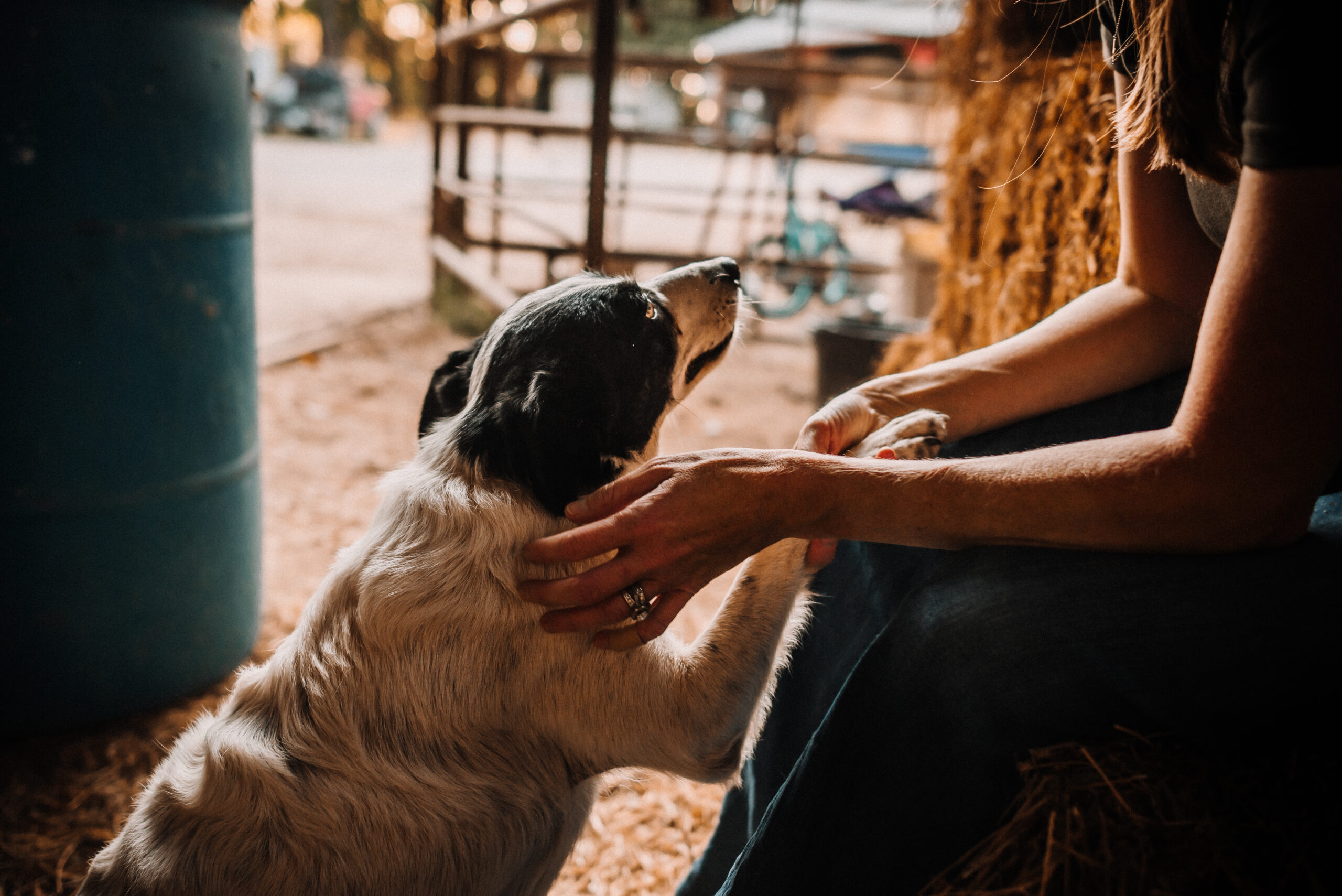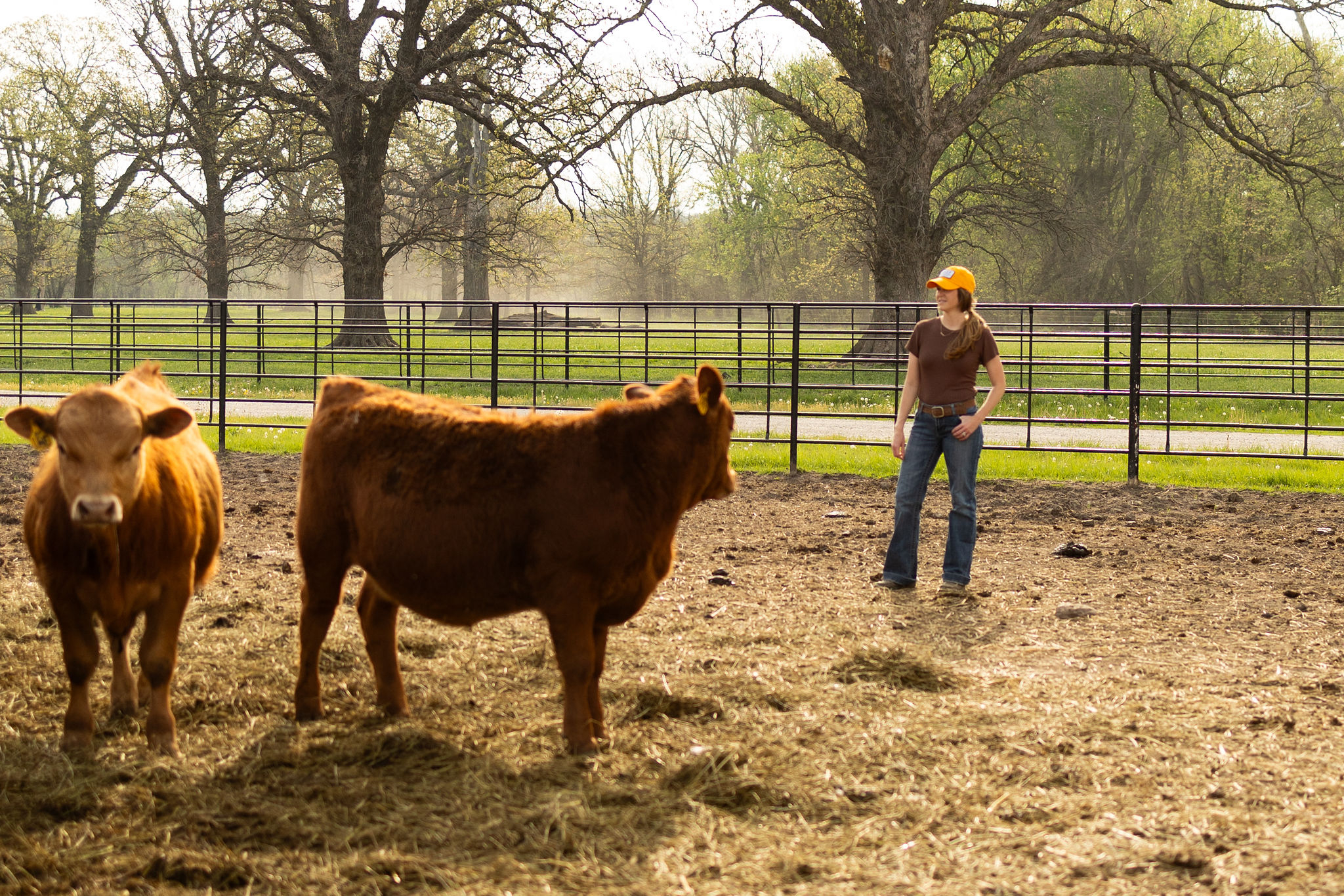——————————————————————-
Feel that freedom on your face, breathe in all that open space.
I won’t lie, every single time I hear “Flyover States” by Jason Aldean, chills run down my spine and my eyes start to mist. Wide open spaces, green grass, and clear blue skies surround us – there’s no place else I’d rather be than on our ranch. And while many people may not realize it, a lot of work goes into making sure the grass keeps growing, and the water keeps flowing over here in flyover country. Sustainable agriculture is alive and well in the heartland and on our ranch, there are two main ways we strive to be sustainable: environmental and economic.

Environmentally, we implement practices on our ranch, such as rotational grazing and water management, that preserve the land and natural resources. Our cows are rotated around our pastures so that they don’t eat the grass down too much to harm the root system. As they graze, they are sequestering carbon in the soil, and are part of the biogenic carbon cycle. When cows are moved to a new pasture, the grass they leave can grow back and strengthen its roots. A strong root system improves the water holding capacity of the soil, which in turn improves the overall soil quality and nutrient levels. Weeds, such as thistles, sericea lespedeza and cockleburs, are invasive, annoying, and are never truly eradicated. If left unmanaged, weeds will take over a pasture and choke out the good grass that cattle want to eat. Therefore, we conduct an immense amount of weed control on the land our cows graze on. We use multiple methods such as spraying, mowing and controlled burning to minimize their presence and give the grass as much room as possible to grow.
All the work we do to maintain and preserve the lands under our management has an unlikely, but positive, side effect: wildlife habitat. Depending on the season, you can find foxes, deer, snakes, rabbits, raccoons, frogs and innumerable bird and insect species in our pastures and this situation isn’t unique to just our ranch. Land utilized by ranchers for grazing accounts for nearly 75% of wildlife habitat in the U.S. The ways we manage our land truly promotes a healthier environment for all parties that depend on it – humans, cows, and wildlife.
Economically, our family implements these practices because our ranch is a business. Some people don’t like to talk about profit or money, because that can be viewed as negative. But a business must be viable to withstand the test of time so everything we do is in the frame of mind of “preservation” – preserving the land and the business for future generations. And for a business to withstand years of challenges and continue to grow, it must be profitable. On top of the environmental management decisions, we also make decisions that affect profitability. For example, we utilize genetics in our herd that are growth-focused, and feed efficient, which means 1) our cattle ideally will yield a lot of high-quality nutritious beef when they are slaughtered and 2) our cattle are efficiently using the grass and feed they receive and converting it into muscle (aka meat) and not extra cushion (aka excess fat). We also utilize vaccinations on our ranch to prevent disease and, subsequently, death. If necessary, we will treat a sick animal with a veterinarian prescribed antibiotic because it’s the appropriate and humane action to take, but also because sick animals do not yield nutritious or high-quality beef.
Our ranch is similar to nearly 2 million other farms and ranches across the United States, and we all do our best every day to preserve the land but also get a little bit better every day. Small steps, over time, can lead to real, impactful change. I’m excited to see how much better we can get at raising beef over the next 10 years, and I’m proud to be part of an agricultural community that will make it happen.
Until next time,
Buzzard
P.S. If you wish to receive posts in your inbox automatically, sign up on the homepage in the right side pane. Furthermore, follow my ranch life activities on Instagram: @brandibuzzard.



